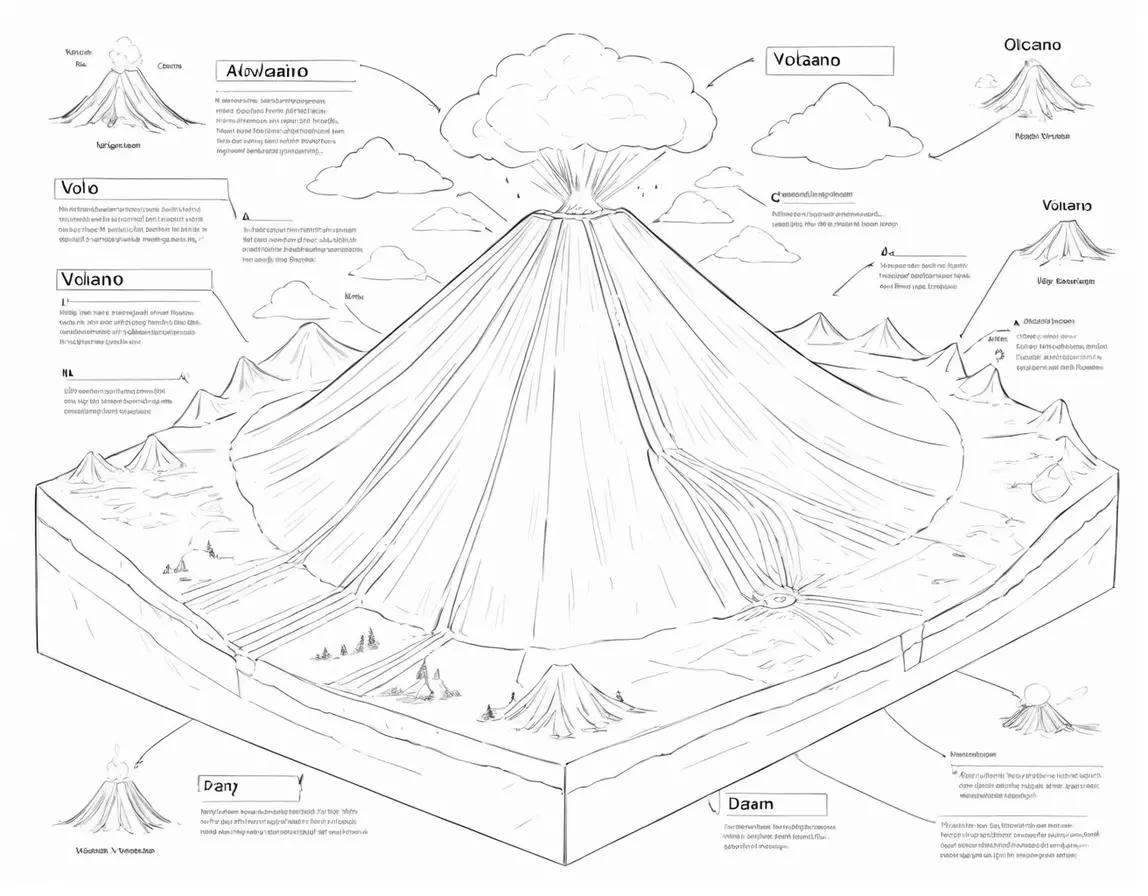
Venus, often referred to as Earth’s “sister planet” due to its similar size and composition, stands as a celestial enigma within our solar system. Despite its proximity and striking resemblance to Earth, Venus harbors an atmosphere that defies conventional expectations, creating a unique and inhospitable environment.
Physical Characteristics:
Venus, with a diameter of approximately 12,104 kilometers (7,521 miles), is nearly identical in size to Earth. This terrestrial planet is composed predominantly of rocky material, with a dense iron-nickel core. Its surface is marked by vast plains, highland regions, and volcanic features, making Venus a subject of intense interest for planetary scientists seeking to unravel the mysteries of its geological history.
Atmospheric Dynamics:
Venus boasts a thick and dynamic atmosphere, primarily composed of carbon dioxide with trace amounts of sulfuric acid clouds. This dense atmosphere creates a runaway greenhouse effect, trapping heat and resulting in surface temperatures that soar to a scorching 467 degrees Celsius (872 degrees Fahrenheit) — hotter than the surface of Mercury, despite Venus being farther from the Sun.
The atmospheric pressure at the surface of Venus is approximately 92 times that of Earth, equivalent to the pressure found 900 meters (3,000 feet) underwater on our planet. These extreme conditions render the surface inhospitable for human exploration and pose significant challenges for spacecraft attempting to land and study the planet’s geology.
Geological Features:
Venus exhibits a variety of geological features, including vast plains, highland regions, and a network of mountain ranges and volcanoes. There is a lot of volcanic activity on the planet’s surface, including shield volcanoes like Maat Mons and shield fields like the Alpha Regio region. These features suggest a history of tectonic and volcanic processes that have shaped Venus over millions of years.
The planet’s lowland plains, such as the vast Aphrodite Terra, contrast sharply with the highland regions like Ishtar Terra, which is home to Maxwell Montes, the highest mountain on Venus. The geologic diversity of Venus provides valuable insights into the planet’s history, offering clues about its past and the processes that have sculpted its surface.
Surface Exploration Challenges:
The extreme conditions on Venus present formidable challenges for surface exploration. The planet’s thick atmosphere prevents direct observation of the surface using visible light, necessitating the use of radar mapping instruments on orbiters to penetrate the cloud cover.
The Soviet Union’s Venera program in the 1960s and 1970s successfully deployed landers that transmitted data from the surface, providing the first glimpses of Venusian terrain.
More recently, NASA’s Magellan mission utilized radar imaging to create detailed maps of Venus’s surface. While landers face difficulties due to the harsh surface conditions, orbital missions continue to contribute valuable data, advancing our understanding of Venus’s geology and surface features.
Mysteries of Venus:
Despite decades of exploration, Venus remains shrouded in mysteries. The nature of its surface processes, the extent of recent volcanic activity, and the presence of tectonic plate movements are subjects of ongoing scientific investigation. The discovery of unusual features, such as the enigmatic “tesserae,” which are intricate and complex highland regions, adds to the intrigue surrounding Venus’s geological evolution.
Additionally, the phenomenon of “super-rotation” in Venus’s atmosphere, where the winds circulate much faster than the planet’s rotation, remains poorly understood. The mechanisms driving this atmospheric super-rotation are the focus of ongoing research, with implications for our broader understanding of planetary atmospheres and climate dynamics.
Venus, with its stunning resemblance to Earth and simultaneous stark differences, continues to be a captivating subject of study for planetary scientists. From its thick atmosphere and extreme surface temperatures to its diverse geological features, Venus challenges our understanding of planetary processes and evolution.
The ongoing exploration of Venus, both from orbit and through ambitious missions targeting the surface, promises to unveil more secrets about this mysterious world, shedding light on the complexities that govern the formation and development of terrestrial planets in our solar system and beyond.


















